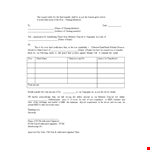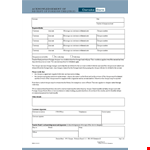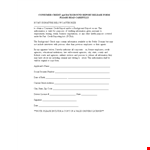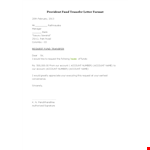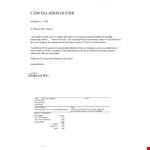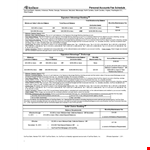Bank letters are the official documented letters sent by the bank to their clients and partners. The bank letters are written with the intent to provide information about for example bank account details, incoming remittances, and closing balance at the month and year-end. The credit and debit transaction details are attached with an official letter from the bank. These letters are confidential and clearly state your belongings and assets in the respected bank account.
Which key elements should bank letters contain?
The bank letters are often highly confidential and are the documented medium of interaction between the customer and the bank management. An official letter from the bank should clearly state bank details, address, and contact number. The day should be clearly stated at the start of the letter to avoid conflicts and miscommunication. The account holder's proper name should be mentioned at the beginning with accurate account details and personal information. The account type should be discussed initially if the customer has multiple accounts in the same bank. If the customer has multiple accounts, the summary of all accounts should be enclosed sequentially. Important deadlines and dues should be highlighted in bold writings. All the critical information related to loan and credit limits should be stated in clear bullet points to read and comprehend quickly. The name, designation, signature, date, and department of the banking officer should be written at the end of the letter.

